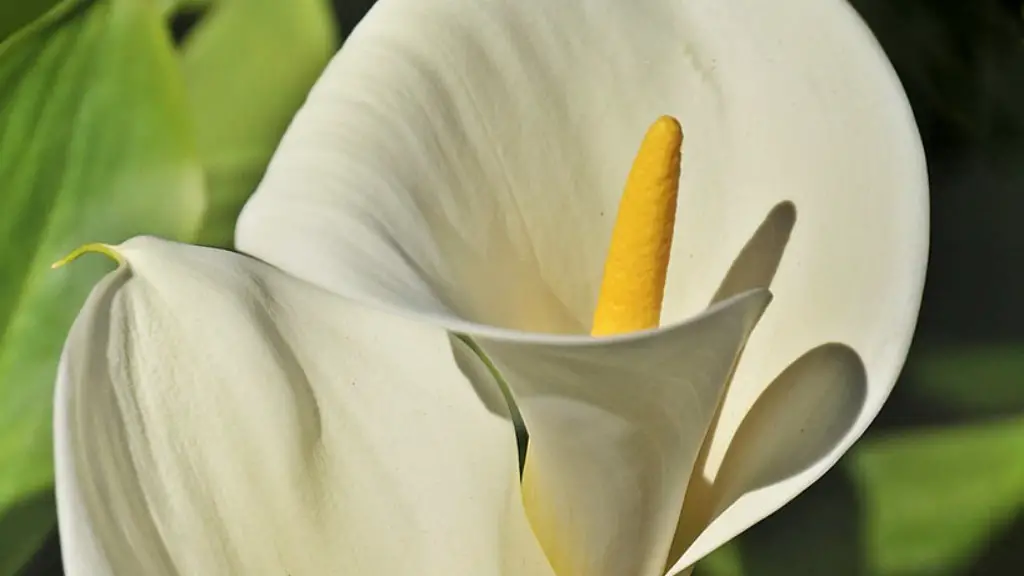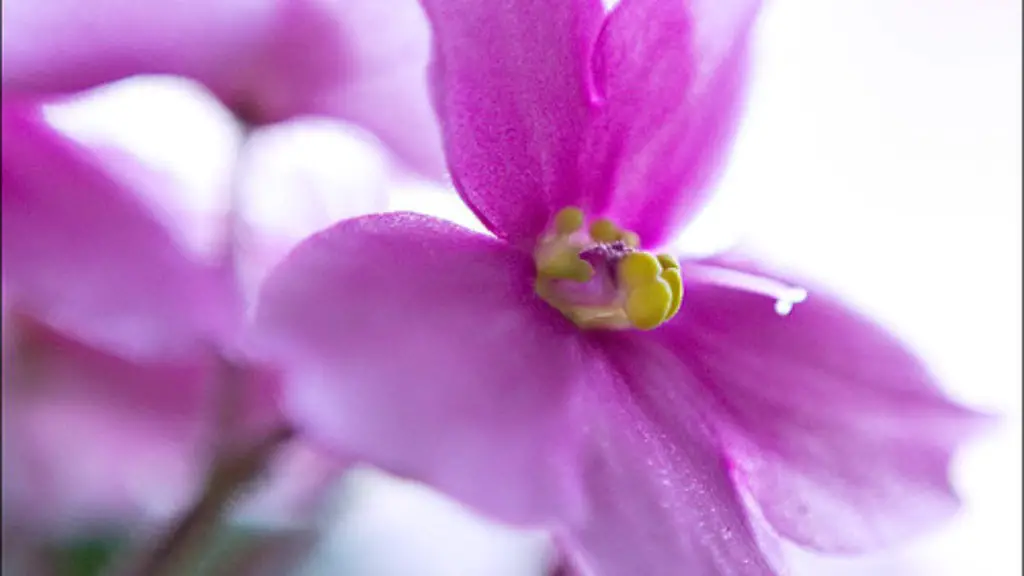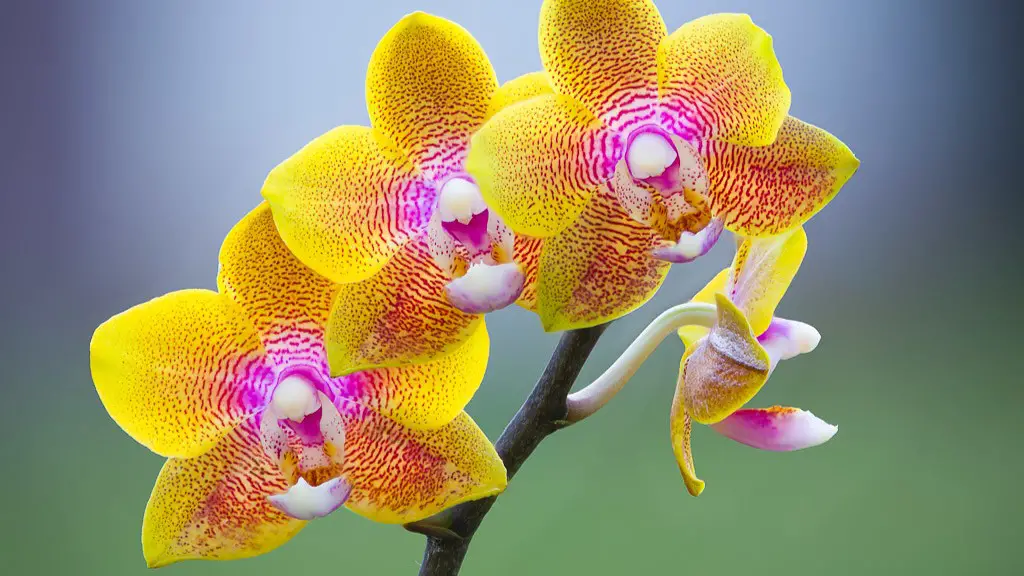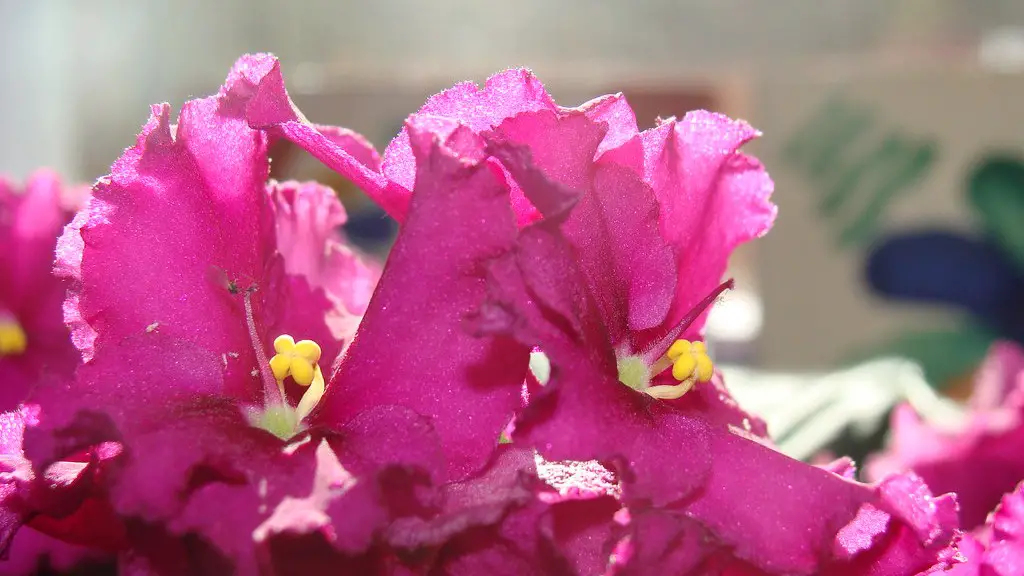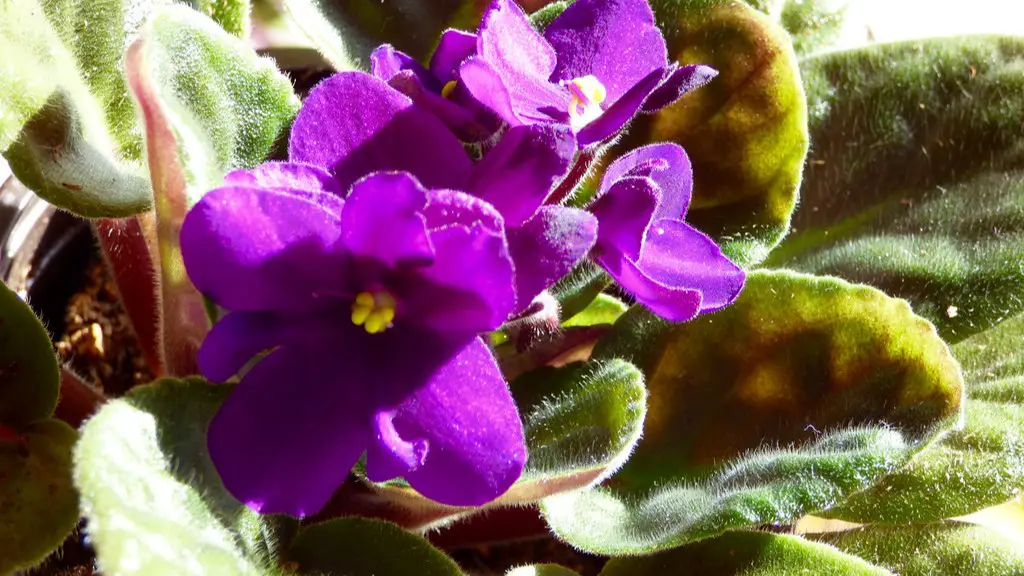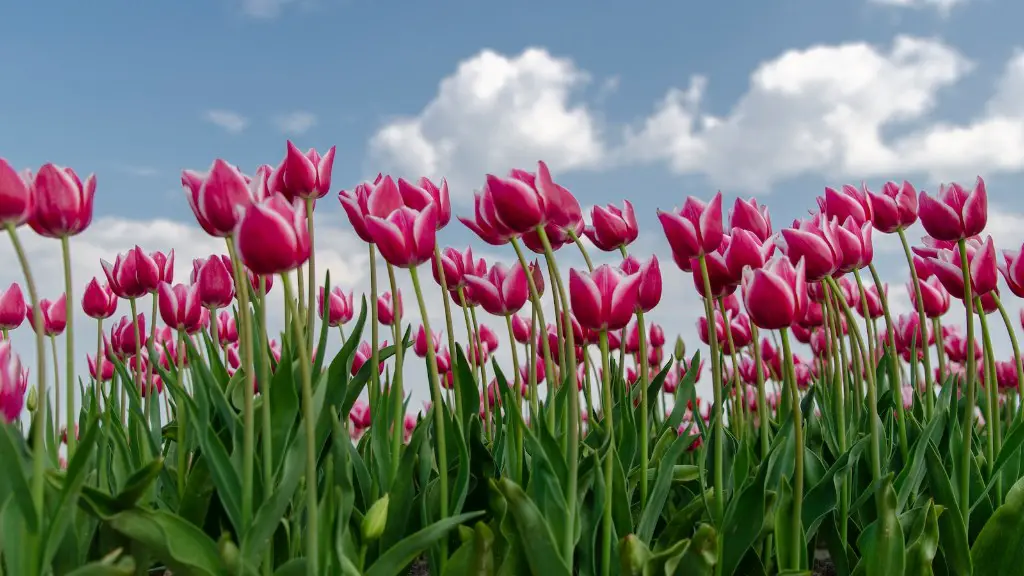In order to repot a calla lily plant, you will need to first gather the necessary materials. These include: a new pot, fresh potting mix, and a sharp knife. You will also need to make sure that the new pot is slightly larger than the current one. Once you have gathered all of the materials, you will need to follow these steps:
1.Using the sharp knife, carefully remove the plant from its current pot.
2.Loosen the roots and shake off any excess dirt.
3.Place the plant in the new pot and fill it with the fresh potting mix.
4.Water the plant well and place it in a sunny location.
If your calla lily has outgrown its pot or the soil is starting to look degraded, it’s time for a repot. Calla lilies prefer to be a little pot bound, so don’t go up more than one pot size. Gently remove the plant from its current pot and inspect the roots. If they’re crowded or circling the root ball, use a sharp knife to trim them back a bit. Choose a well-draining potting mix and a pot with drainage holes. Fill the bottom of the pot with mix, set the plant in place, and fill in around the roots with more mix. Water thoroughly.
Do calla lilies grow well in pots?
As one of the most versatile flowers around, callas can be used in a wide variety of settings – from bedding plants to upscale patio containers to specialty cut flowers. While most growers are aware of this, few know that some cultivars fit especially well into certain programs. For example, the ‘Mini Martha’ calla is perfect for bedding plants due to its small size and compact growth habit, while the ‘Creme de la Creme’ calla is ideal for patio containers thanks to its large, showy flowers. No matter what your needs, there’s a calla cultivar out there that can fit the bill.
Calla lilies are beautiful flowers that require loose, well-draining, and consistently moist soil to thrive. The soil should be enriched with compost or aged manure, and the pH should be slightly acidic, in the range of 56 to 65. Calla lilies prefer a full sun location in regions with temperate summers, and partial, dappled, or afternoon shade in areas with hot summers.
How do you care for potted calla lilies indoors
To keep your indoor calla lily looking its best, follow these care tips:
-Keep the soil moist, but not soggy
-Provide bright, indirect light
-Apply liquid fertilizer monthly while in flower
-Keep away from heating and A/C vents
-Reduce watering when the plant enters dormancy (November)
-Cut the leaves off at soil level once they’ve died
Before transplanting calla lilies, loosen the soil with a shovel and work in some compost to enrich it. Plant the rhizomes 3 to 4 inches (75-10 cm) deep and transplant potted calla lilies into a hole dug to fit the depth of the pot.
How long will a potted calla lily last?
The plant usually blooms for about six weeks during the late spring and early summer but may bloom at any time when indoors. Keeping the plant root bound encourages more flowers.
Calla lilies are beautiful flowers that can add a touch of elegance to any garden. They are relatively easy to care for and are winter hardy in zones 8-10. In cooler areas, they can either be grown as annuals or can be dug up in the fall and stored indoors for replanting the next spring. Calla lilies prefer full sun or partial shade in warm climates, but can also tolerate full sun in cooler areas.
What kind of pots do calla lilies like?
Pots for calla lilies should be at least 10 to 12 inches (25-31 cm) in diameter and well-draining. This is because calla lilies need consistently moist soil, but improper drainage can cause rots and fungal diseases. The planting medium should also retain moisture but not stay too soggy.
Calla lilies are a beautiful addition to any garden, and they are relatively easy to care for. However, if the leaves on the plant have very dark tips, it may be an indication that the plant is getting too much fertilizer. In this case, cut back on the fertilizer and add coffee grounds between fertilizing rounds around the base of the plants to encourage growth. Calla lilies like acidic soil and coffee grounds add acidity.
Do calla lilies do better in pots or in the ground
They have constantly moist soil But only if you are planting them in the ground If you’re planting them in a pot, make sure to water them frequently. Also, make sure the pot has drainage holes so that the water doesn’t sit in the pot and rot the roots.
When you’re ready to repot your calla lily, start by lifting the plant out of its current pot. Be careful not to damage the roots as you do so. Next, place the plant into the new pot. Fill the pot with soil up to about an inch from the pot’s rim. Once the plant is in its new pot, water it well.
How often should you repot calla lilies?
One of the best ways to keep your calla lilies looking their best is to divide them every three to five years. This will help keep the clumps from declining and will also allow you to fill in gaps in the garden with new rhizomes. However, if you divide them too often, they will never quite reach their full potential.
It’s important to water your plants regularly during the summer, especially if the temperatures are high. Water every two days to keep the plants from going dormant. In the fall, when growth resumes, water every three days. In winter, water once every 10 days.
What is the best time to transplant calla lilies
Calla lilies are best transplanted between midsummer and fall, when they are most likely to be dormant. However, they are such vigorous plants they will probably survive transplanting at any time.
Calla lilies are a beautiful addition to any garden or home. However, they need to be properly cared for in order to thrive. Calla lilies grow from bulbs, which need to be planted in well-drained soil and, if potted, in an unglazed pot that will allow excess moisture to evaporate. Drooping calla lilies occur if the bulb is steeped in water and the bulb begins to rot. Once rot has occurred, you will need to discard the bulb and start over. By following these simple tips, you can enjoy calla lilies for many years to come.
How deep do you plant calla lilies in pots?
To get the best results from Calla lilies, it is best to start with bulbs or rhizomes that are sold when the plant is dormant in winter or spring. You can also buy ready-grown plants in spring and summer, often when they are in full flower. To grow from dormant bulbs or rhizomes, plant them 8-10 cm deep in a good, peat-free multi-purpose potting compost.
Calla lilies are actually perennials, not annuals as many people think. If you have a potted calla lily, you can save it and it will bloom again next year. Just be sure to give it the care it needs – plenty of sunlight and water – and it will reward you with beautiful blooms.
Should you cut old flowers off calla lily
Calla lilies are a beautiful and popular flower, but many people don’t know that they don’t drop their petals like other plants. Once the calla flower begins to die, it rolls up into a tube, often turning green on the outside. These spent blossoms on calla lily plants are done, have no purpose and should be clipped off.
Calla lilies need moist soil to thrive, but too much water can cause the stems to droop and the roots to rot. Excessive rainfall, poor drainage, and overwatering are all possible causes. If your lilies are sitting in puddles or if you see mushrooms growing next to them, it’s likely that the soil is compacted and not draining properly.
Conclusion
Before you repot your calla lily plant, water it thoroughly so the root ball is moist. Next, select a pot that is only one size larger than the current pot. A pot that is too large will result in too much soil and not enough room for the roots to grow, while a pot that is too small won’t give the plant enough space to mature.
To repot the plant, first remove it from its current pot. Gently loosen the roots and shake off any excess soil. Then, place the plant in the new pot and fill in around it with fresh potting mix. Water well and place the pot in a sunny spot.
When repotting a calla lily plant, it is important to choose a pot that is only slightly larger than the existing pot. Be sure to use well-drained potting mix, and water the plant thoroughly after repotting. Place the plant in a location with bright, indirect light.
